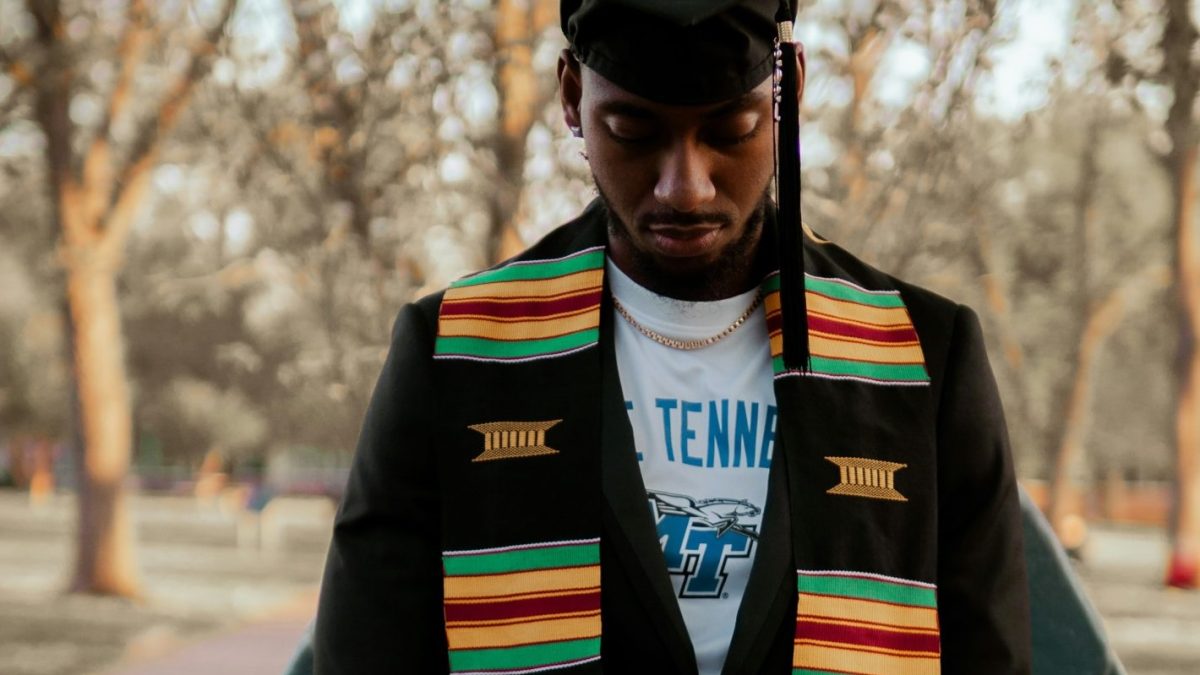American higher education is under a full-fledged assault threatening its sustainability. Remarkably—given the existential stakes—crucial aspects of this assault are self-inflicted. Faced with declining enrollments, universities are not seeking to expand the numbers of students who might attend, but, rather, competing with others for the most “elite” or “desirable” students. Too often, this leaves out Black and Hispanic men; and yet, seeking out such students might well protect those endangered institutions. If the higher education system is unwilling to change, it’s at even greater risk of becoming politically and socioeconomically expendable.
Consider the anticipated “enrollment cliff.” This term describes the expectation that the total population of 18-year-old students matriculating straight from high school will decline due to the national birth rate falling since 2007. Institutions have held internal and external conversations about how to navigate these upcoming demographic changes, but what’s missing from these conversations is a desire to turn the “enrollment cliff” into an “enrollment shift.”
Policymakers and institutional leaders seeking to preserve higher education’s functionality should consider the enrollment and completion rates of Black and Hispanic men. In the context of a consistent enrollment gap between men and women in higher education, Black and Hispanic men are key contributors to why the overall gender gap is growing. These men are disproportionately represented among adults without a college degree, as well as among students who decide to pursue higher education but fail to complete.
For example, Black student fathers have higher dropout rates than any other group of undergraduate students. Additionally, underserved college students—such as veterans, potential community college transfers, and formerly incarcerated students, which all represent demographic groups key to stabilizing higher education enrollments—contain significant shares of Black and Hispanic men.
Despite their importance, these students are consistently absent from discussions on how to fight against the enrollment cliff. And this, in turn, demonstrates the wedge between K–12 and higher education in how these educational systems are perceived as public goods for Black and Hispanic men.
Young Black and Hispanic men have had the lowest measured growth in bachelor’s completion rates in the past 30 years—across any racial and gender group—while also having the lowest bachelor’s degree attainment rate. Educational attainment is a critical pathway to socioeconomic success, especially for racially marginalized adults. Thus, institutions fail to more actively encourage Black and Hispanic men to enroll. This inaction harms these very institutions by shrinking the pool of available students to ward off the enrollment cliff. Institutions, in their apathy, also harm entire communities by closing off vital routes to upward socioeconomic mobility for these men.
Beyond simply leading conversations, educational institutions need to protect financial aid for Black and Hispanic men.
Systemic educational barriers faced by Black and Hispanic men require systemic solutions. Instead of administrators asking why Black and Hispanic men aren’t choosing to attend their institution, they should be asking what socioeconomic and political forces have stripped educational opportunities away from these men and how to counter those forces. The first step is for educational institutions to lead and organize open dialogue—with other institutions, local K–12 schools, and community members—about how best to support Black and Hispanic men at every educational step.
For example, research consortiums, dedicated taskforces, and resource centers are pathways for discussing institutional investment and intensifying it into targeted practices that meet the educational needs of Black and Hispanic men. The Higher Education Male Achievement Collaborative and Boston Indicators represent leadership in this space from the nonprofit sector. However, with rare exceptions like the California State University Young Men of Color Consortium, four-year institutions aren’t taking more active leadership roles in these discussions. Community colleges have already been leading the trend of campus-based initiatives designed to better support Black and Hispanic men. This isn’t surprising given that public 2-year colleges enroll 32 percent of all male students of color, just under the 38.7 percent at public 4-years and over double the amount at private nonprofit 4-years. Still, the limited examples of similar resources from four-year institutions are often the first sacrifices made in attempts to placate segregationist policymakers.
Beyond simply leading conversations, educational institutions need to protect financial aid for Black and Hispanic men (instead of bowing to pressure from conservative activists or retreating into overcompliance to end aid programs). Amongst a litany of attacks on higher education, the federal government is actively continuing attempts to end financial aid programs meant to bolster diversity. Even before these constraints, Black men on average borrowed the most of any group of men. Though just over two-thirds of both Hispanic men and women are employed while enrolled, nearly 64 percent of Hispanic men worked nearly full-time jobs of at least 30 hours per week, compared to nearly 54 percent of Hispanic women and 56 percent of all students. Creating scholarships, offering financial aid, resisting efforts to bully institutions into ceasing aid programs, and actively marketing these programs to prospective male students are all components to improving college enrollment and completion rates for Black and Hispanic men.
When colleges take these courses of action, it can lead to an understandable concern that such efforts will conflict with conservative desires to resegregate education. But the alternative—doing nothing—won’t guarantee being spared from hostile policymakers.
Institutions must restore the belief that higher education is a public good in the United States; to do so, they must challenge how they perceive students recruited to their campuses. Across the country, the required momentum from policymakers to better incorporate the experiences of Black and Hispanic men into higher education policy is present and growing, but institutions must be willing to act.
Postsecondary institutions have not dedicated resources and programs to improving the enrollment and completion rates of Black and Hispanic men. Yet effectively promoting higher education as a public good requires a consistent and expressed eagerness to serve the entire public—not just the students whom colleges traditionally serve. ![]()
This article was commissioned by Dennis M. Hogan.


